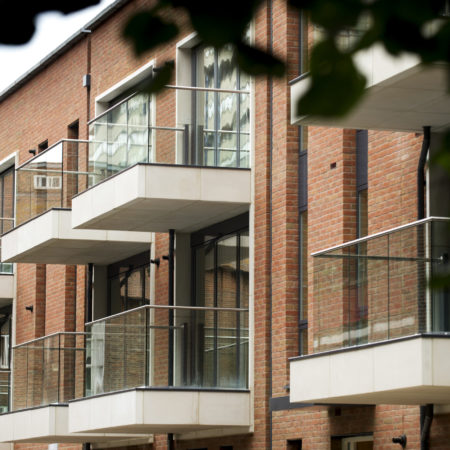Net Zero Carbon Makes Strategic Asset Management Essential
Strategic asset management is a concept that has been discussed in relation to social housing property services for some time. Now that the sector is faced with the mammoth task of retrofitting homes to be capable of net zero carbon performance there’s really no alternative to adopting a strategic approach.
What are the main drivers behind this and what should strategic asset management include?
Asset Condition
Any strategy has to be built on a detailed understanding of existing stock condition. This is a broader issue than net zero. It affects the overall standard of housing and safety compliance. There’s a huge hole in any financial plans created without a clear understanding of the gaps that need to be bridged.
Net zero carbon adds a new dimension and a new level of detail. Surveys also have to consider the suitability of properties for different thermal insulation treatments and renewable energy options.
Economic Performance and Value
Strategic asset management inevitably leads to financial considerations. Some retrofit measures are invasive. If it isn’t feasible for residents to occupy properties while work is carried out, what will this mean for the overall level of voids?
Net zero retrofit programmes call for significant investment which will, in turn, affect the value and performance of the stock. There will be properties for which retrofit will never be economically viable. Disposal and replacement of these properties adds complexity to financial planning.
Scheduling
Scheduling retrofit works in the most effective way adds further nuances. As well as being net zero carbon by 2050, all properties are expected to achieve EPC level C by 2030. There will also be households suffering from fuel poverty.
Social landlords will have to take a strategic view of these priorities. Workstreams also have to be integrated with voids and other repair and maintenance activities to achieve maximum economic efficiency.
Renewable Energy Investment and Ownership
One inevitable feature of net zero carbon retrofit will be a massive expansion in the installation of renewable energy equipment such as PV panels. Who will own and maintain the equipment and who will benefit from FITs and any financial incentives?
These are important strategic questions. Investment in net zero retrofit will generate significant financial benefits for residents through reduced energy bills.
Procurement Strategy
Many of the questions above will feed into the procurement strategy. This should also consider how to promote local employment opportunities, ensure sustainability and effective environmental stewardship and support the development of local supply chains.
Resident Engagement and Consultation
Resident engagement is needed not just to make programmes proceed smoothly, but also to ensure that residents understand why the work is being carried out. People also have to be engaged and educated to make sure that behaviour such as overheating their new energy-efficient homes doesn’t undermine the net zero objective.
Ongoing Maintenance
The retrofit programme will entail fitting equipment such as heat pumps and PV panels on a large scale. The strategy needs to consider the entire lifecycle of this equipment and make plans for the necessary repairs, maintenance and eventual replacement. To offset this, it’s reasonable to expect that overall improvements made to the housing stock should reduce demand in other areas.
The need to think more broadly about asset maintenance will probably lead social landlords away from piecemeal contracting for repair and maintenance services and to select partners with experience of strategic asset maintenance.
Find out more about Osborne’s strategic approach to asset management and Carbon Neutral Solutions by visiting our resource centre or contact Nick Davidge ([email protected]).

